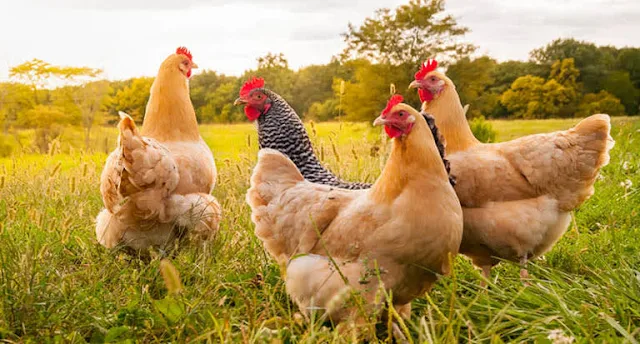Headlines are buzzing following the Department of Agriculture's confirmation of H5N1 bird flu virus infections in dairy cows nationwide. Tests have revealed the virus among cattle in nine states, primarily in Texas and New Mexico, with recent cases emerging in Colorado, as shared by Nirav Shah, principal deputy director at the Centers for Disease Control and Prevention, during a May 1 event hosted by the Council on Foreign Relations.
Various other animals, including at least one person in Texas, have also tested positive for H5N1. However, scientists' primary concern is the potential for efficient person-to-person transmission, which has not yet occurred and may not. Shah emphasized that the CDC currently considers the H5N1 outbreak "a low risk to the general public at this time."
Viruses evolve rapidly, and outbreaks can change course swiftly. "As with any major outbreak, this is moving at the speed of a bullet train," Shah remarked, noting that our current understanding of H5N1 is likely to evolve.
KFF Health News provides insight into the current situation. The unique aspect of the current outbreak in cattle is its rapid spread among cows, unlike other cases, which appear to be more limited. Genetic sequencing of the H5N1 viruses from cattle this year has shown nearly identical sequences, indicating a common source and rapid transmission among cows.
The outbreak in cattle is worrisome because it caught the country off guard. Analysis of the virus's genomes suggests that it crossed over from birds to cows late last year in Texas and has since spread extensively. "Our analyses indicate that this virus has been circulating in cows for about four months, right under our noses," said Michael Worobey, an evolutionary biologist at the University of Arizona in Tucson.
**Q: Could this be the beginning of a pandemic?**
Not yet. While a bird flu pandemic is a serious concern, the current state of the H5N1 virus does not pose an immediate pandemic threat. Unlike the seasonal flu, which spreads easily among people, the H5N1 virus would need to undergo significant mutations to efficiently spread from person to person. So far, this has not occurred.
**Q: Could drinking virus-contaminated milk lead to a pandemic?**
No. Pasteurization, a process required for all commercially sold milk, kills viruses and other harmful organisms, making milk safe to drink. While fragments of H5N1 viruses have been found in unpasteurized "raw" milk, the virus is dead and therefore not a threat.
**Q: What measures should be taken?**
Surveillance and testing are crucial. The U.S. Department of Agriculture has ordered testing of all lactating dairy cattle before they are moved to other states, but this may not be enough. Limited testing may miss cases and fail to provide essential information for controlling the spread among cattle.
Increasing testing and surveillance, along with preventative measures on poultry farms, are essential to understanding and controlling the outbreak. This includes incentivizing farmers to report cases, improving genetic data sharing, and implementing preventive measures on poultry farms to reduce the risk of spillover from waterfowl.
While the current H5N1 outbreak in cattle is concerning, it is not yet a pandemic. Monitoring and preventive measures are key to containing the virus and preventing its spread to humans.

